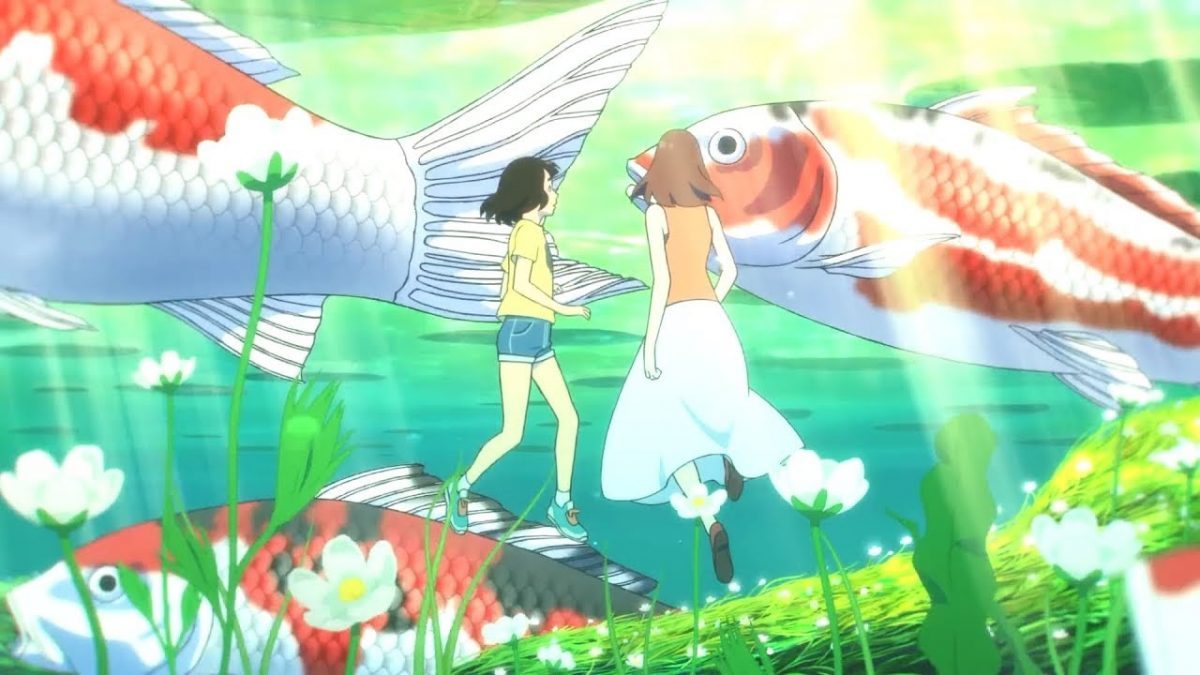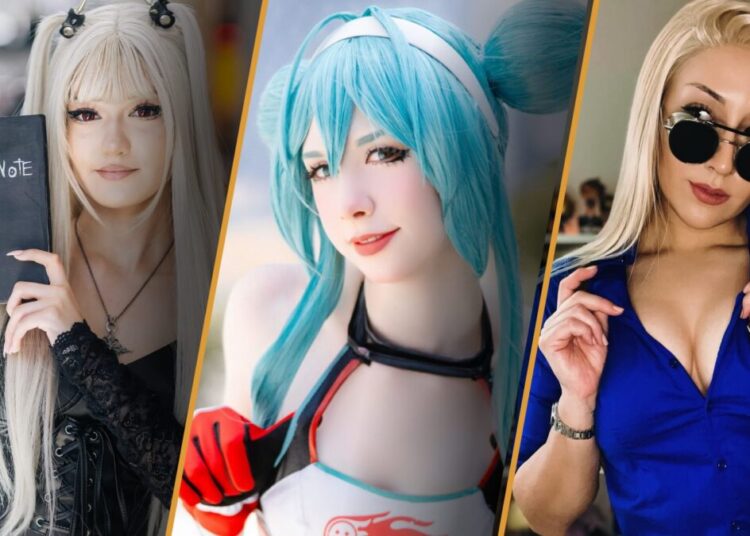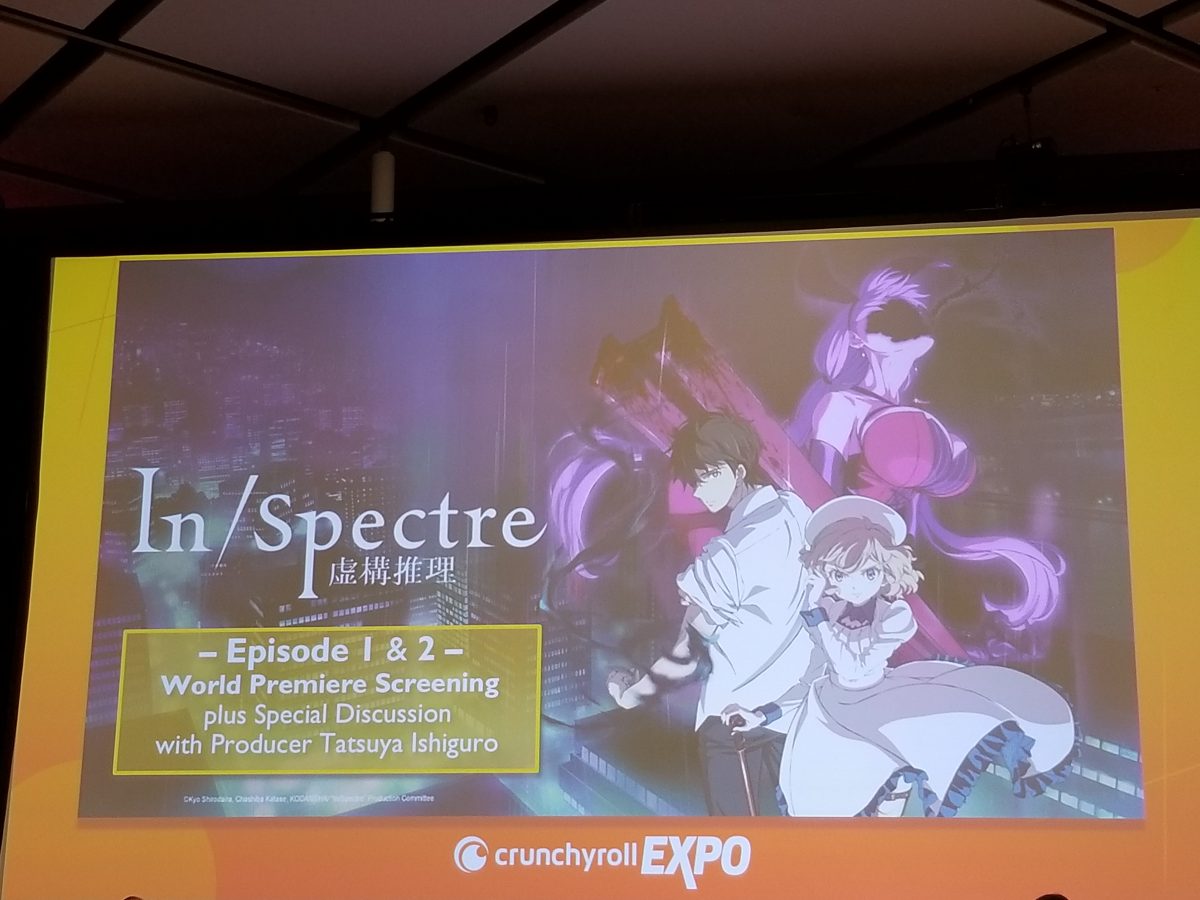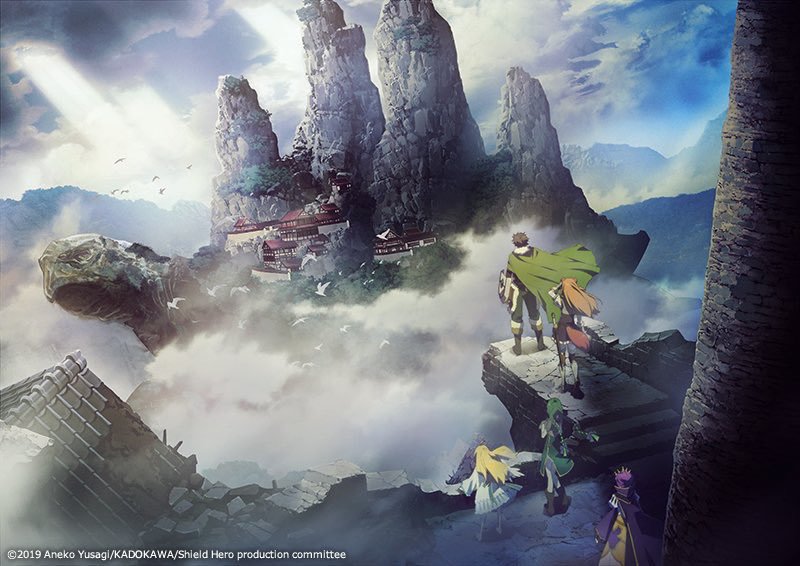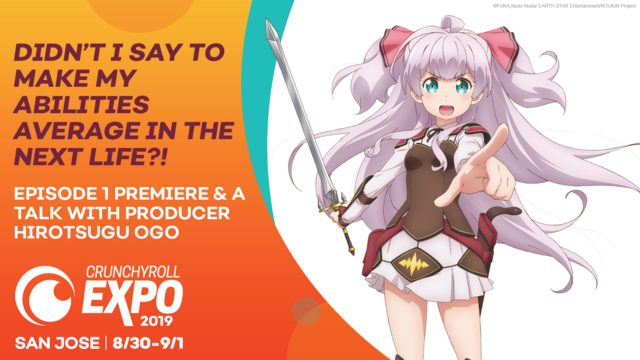Crunchyroll Expo 2019 featured the U.S. premiere of The Wonderland (Japanese title: “Birthday Wonderland, released April 26 in Japan), an anime film from director Keiichi Hara of Miss Hokusai fame, and with a story by beloved children’s writer Sachiko Kashiwaba. The film is a gorgeous trip through a spectacularly crafted world, featuring impressively designed characters, whose stories unfortunately aren’t terribly interesting.
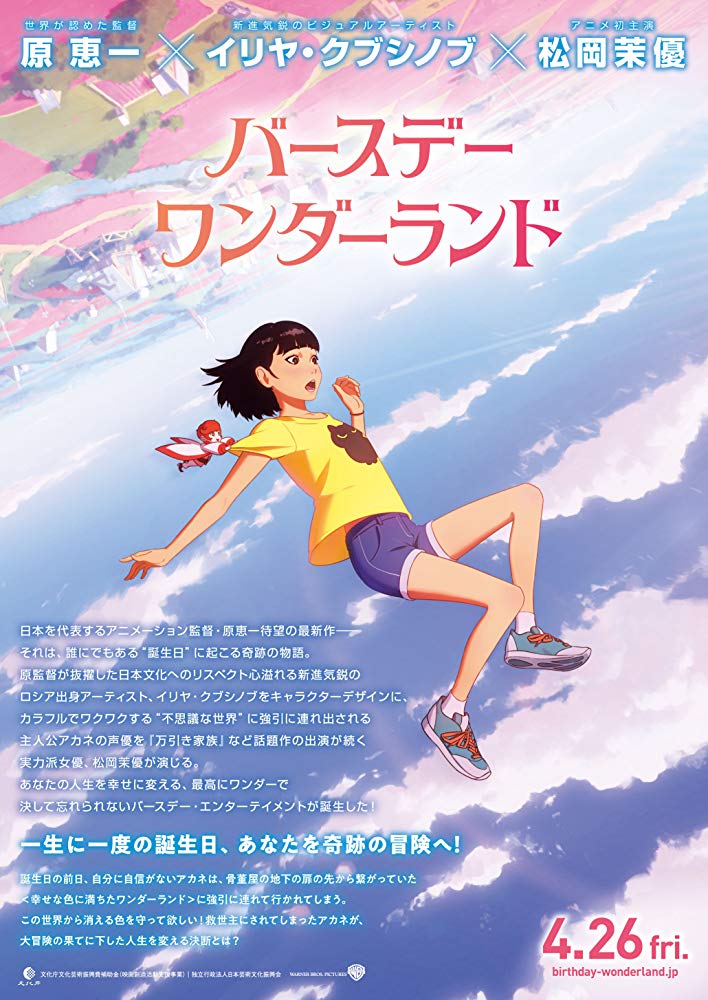
Upon reading Crunchyroll’s story synopsis about a girl who is brought by an alchemist named Hippocrates to another world where she must become a hero, I added it to my list of isekai anime premieres I’d have to cover at this convention. It turns out that yes, by a strict definition, The Wonderland is indeed an isekai film, but more in the way that (its relative only by title) Alice in Wonderland or Miyazaki’s Spirited Away are isekai stories.
Our protagonist, Akane, is a girl aged around the tail end of primary school when she visits her globe-trotting, curio-selling aunt Chii and the two of them are brought by a stuffy steampunk magician and his teacup-sized elf apprentice to another world.
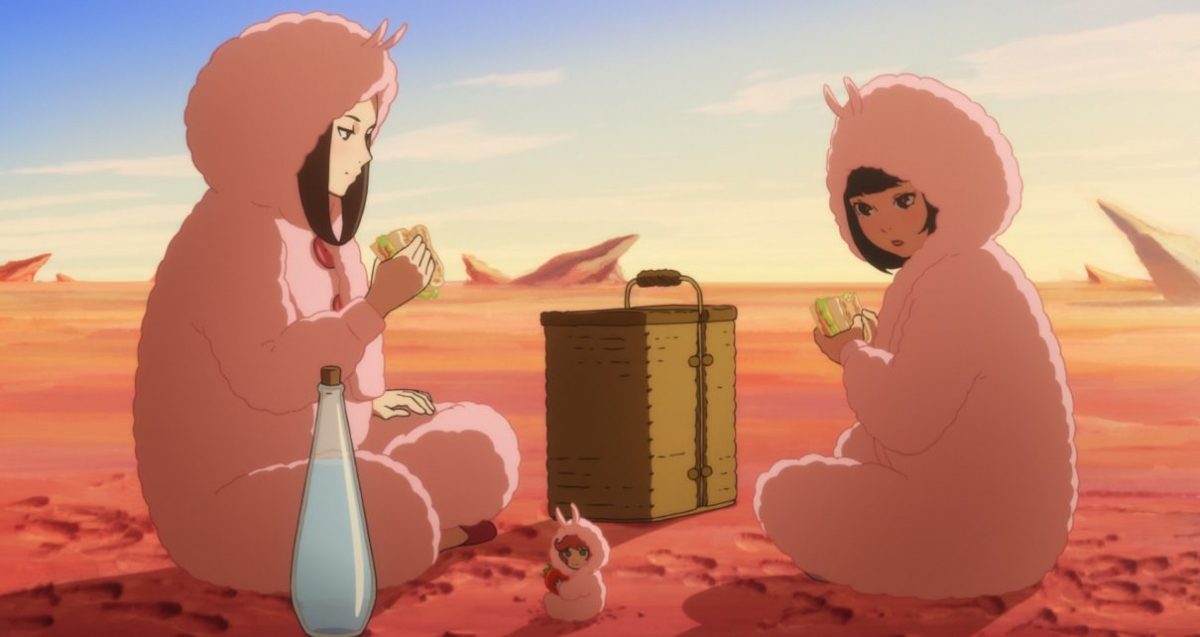
From there we get a pretty bog-standard children’s story plot about a world suffering from a supernatural curse or an environmental collapse or some combination of the two, where our tweenaged chosen one is the only way to return water to the drought-stricken world. It’s not very compelling, and Hippocrates snatches Akane’s agency in the story when he binds her with a magic charm at the very beginning that compels her to move the plot forward. It’s a peculiar screenwriting choice that left me scratching my head.
But you don’t show up to The Wonderland for the plot. It’s all about the visuals, and those don’t disappoint. Starting off with character designs by the incredible Ilya Kuvshinov in his anime debut, the film pads out a two-hour runtime, which it really doesn’t need or deserve with its weak screenplay, with mesmerizing vignettes of the fantastical titular wonderland as our protagonists travel back and forth across it for rather uncompelling reasons.
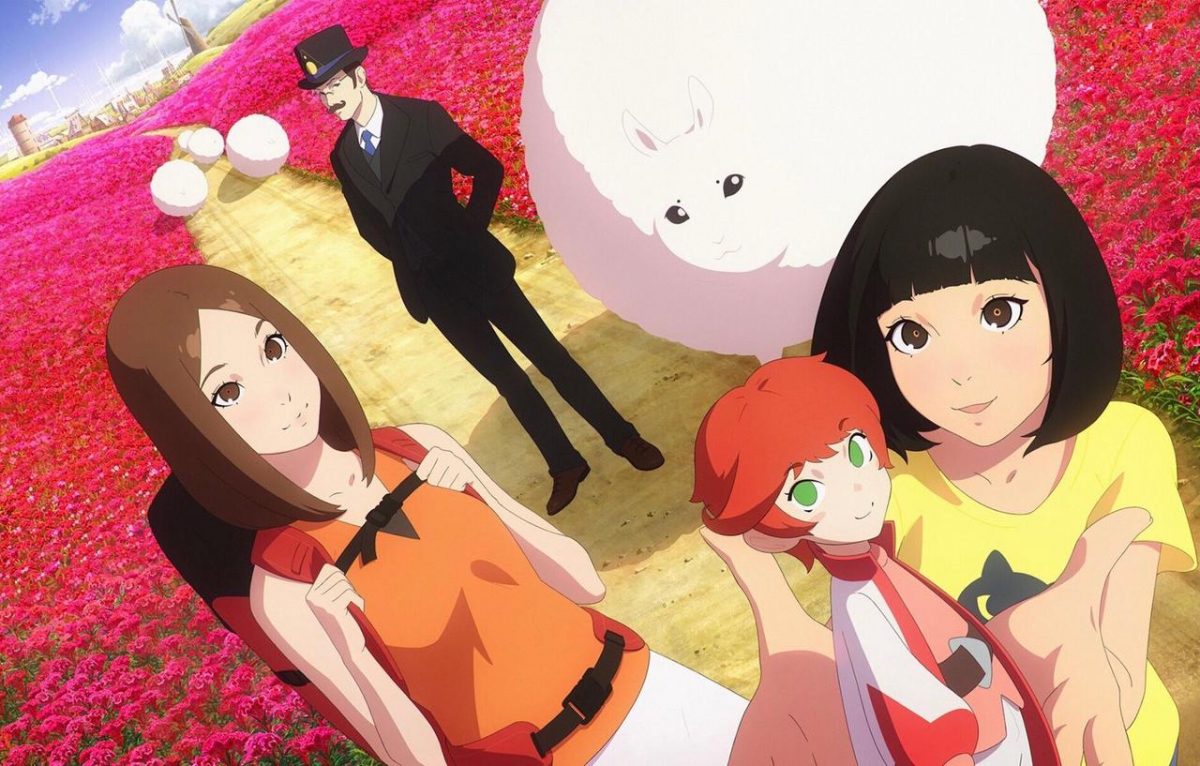
Hara-sensei contrasts idyllic pastoral landscapes full of giant fluffy sheep with coal-choked Dickensian industrial squalor. I picked out influences from the obvious Disney’s Alice in Wonderland and MGM’s Wizard of Oz to the unexpected Dr. Seuss and Gustav Doré. Any qualms I had with the story and characterization were blown away by the breathtaking artwork and animation, not to mention the diverse score that makes liberal use of accordions, sitars, and electric guitars.
When my two hours with The Wonderland came to an end, I felt satisfied that I had spent the time well. I saw something truly beautiful, and even more than that I didn’t have to see yet another high schooler with a sword using video game mechanics to futz around a fantasy world.
